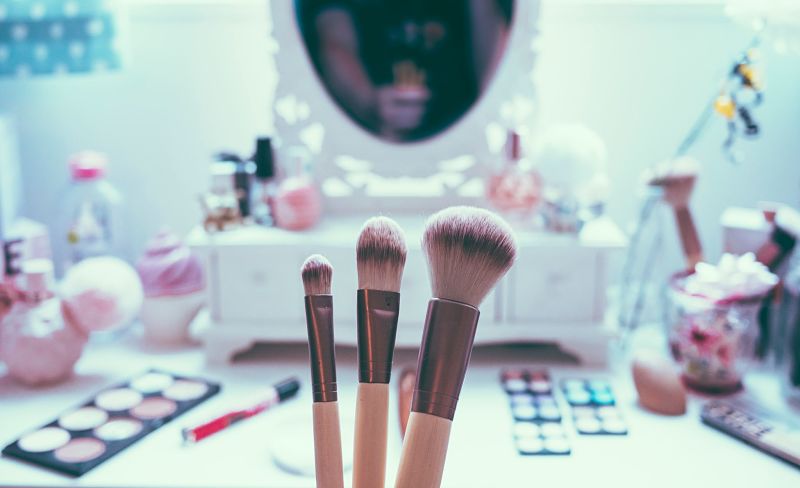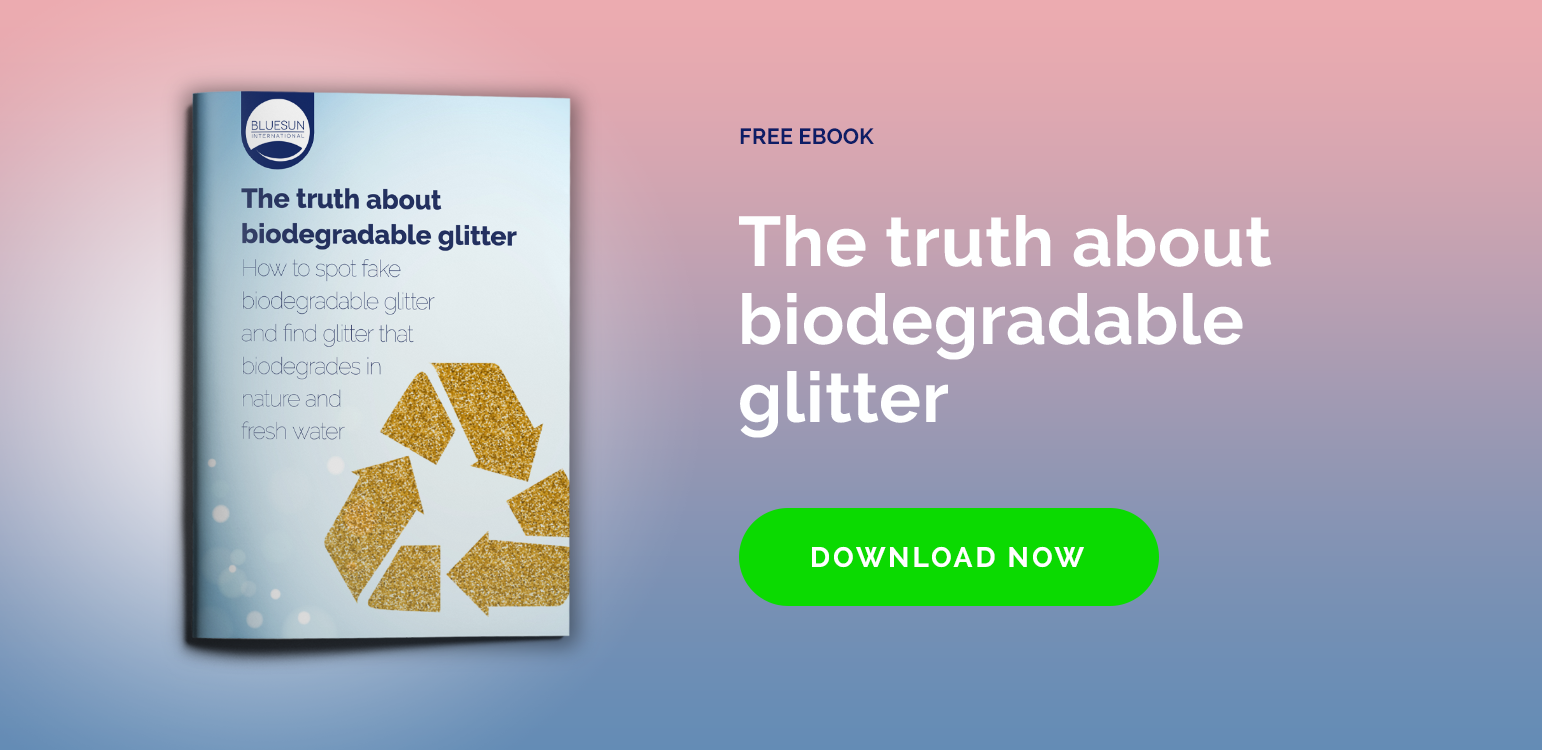When one looks at the ingredients used in most cosmetics, one will always find some emollients in the formulation process. Their global approval makes cosmetics formulators to have them as one of their favorite ingredients. Here we will talk about the best emollients in the market and their use in cosmetics.
The term “emollient” is derived from the Latin words “mollis” or “molle”, which can be translated as “soft” or “supple”, so emollients in cosmetics have the mission of providing a smooth, soft, or lubricous feel to the cosmetic product. From this term also derives “emolliency” that refers to the spreading and lubricity formulators aim to achieve in a product.
What Are the Benefits of Using Emollients in Cosmetics?
The great thing about emollients is their variety. In addition to smooth hair and skin when applied, they can be used for many other purposes. Emollients can be used as natural or synthetic ingredients and still provide the formulators with amazing benefits. Among the many benefits of using emollients in cosmetics we can find that they:
- Alter how the skin feels
- Provide shine to skin and hair
- Can condition hair
- Act as active solvents
- Act as main carrier in formulations without water
- Make anhydrous formulations thicker
- Moisturize skin and improve its elasticity
What to Look for When Choosing Emollients?
If formulators want to achieve the desired benefits in their products, they should consider the following factors when looking for emollients that will be used in cosmetics. Formulators should look at:
- The emollient’s irritation profile (those with low molecular weight are more irritating than the ones with high molecular weight)
- The characteristics of spreadability (in order to get the right feel on the skin, use combinations of low, medium and high spreading emollients). Remember that emollients with low molecular weight or viscosity tend to spread quickly on the skin and feel less greasy and lighter)
- The stability, especially in formulations that contain reducing or oxidizing agents
- The impact on foam, which is very important in formulations of shampoo or body wash; remember that micelles are formed when using low molecular weight emollients
- The polarity when the formulator tries to solubilize sunscreens
Alphabetical List of Emollients Chemical Types
- Esters: They are the most common emollients in the market and result from the reaction of polyols or alcohols with acids. Examples are the triglyceride based oils (natural emollients) that result from reacting glycerin with fatty acids.
- Ethers: They are compounds that contain oxygen atoms that are connected to two aryl or alkyl groups. Examples include ethoxyethane, methoxyethane, and phenoxybenzene.
- Fatty acids: They are monocarboxylic acids with a chain length that is bigger than seven carbons. Some examples are behenic acid, lauric, myristic, and oleic.
- Fatty alcohols: They are organic compounds that attach a hydroxyl group to a carbon that can be branched, saturated or unsaturated. Their chain length is greater than seven carbons. The common fatty alcohols used in formulations are behenyl alcohols, cetyl, isostearyl, oleyl, and stearyl.
- Hydrocarbons: They are carbon structures that only carry carbon and hydrogen groups. Some examples are mineral oils, isododecane, isohexadecane, ozokerite, petrolateum, and polyethylene.
- Silicon: They are linear or cyclic polymers that have silicone/oxygen monomers. Polymers are composed of silicon and oxygen atoms. Examples include dimethicone, cyclopentasiloxane, and dimethicone crosspolymer.
List of the Best Emollients for Cosmetics
- Natural emollients: cocoa and shea butter, coconut, jojoba, castor, sunflower, palm, olive oils, squalane, candelilla, and beeswax
- Volatile emollients: Isododecane, cyclopentasiloxane, and trisiloxane
- Emollients for light skin feel: cyclopentasiloxane, hydrogenated polyisobutene, and dicaprylyl ether
- Emollients for medium skin feel: diisopropyl dimer dilinoleate, hydrogenation polyisobutene, and dimethicone
- Emollients for cushion: pentaerythritol tetraoctanoate and isocetyl stearoyl stearate
- Emollients that can be used for emollient face cream: propylene glycol isostearate, isopropyl isostearate, squalene, and petrolatum
- Emollients for solubilizing crystalline actives: propylene glycol dibenzoate, phenyl ethyl benzoate, butylphthalimide isopropylphthalimide, and dipropylene glycol dibenzoate
In Blue Sun International we offer the best thickeners and emollients in cosmetics that can help anyone to achieve the expected results in beauty care.


![Free ebook: The truth about biodegradable glitter [Click here and download now]](https://no-cache.hubspot.com/cta/default/4020212/b9c13b96-3024-4b35-9af9-cbd44d84ec15.png)


